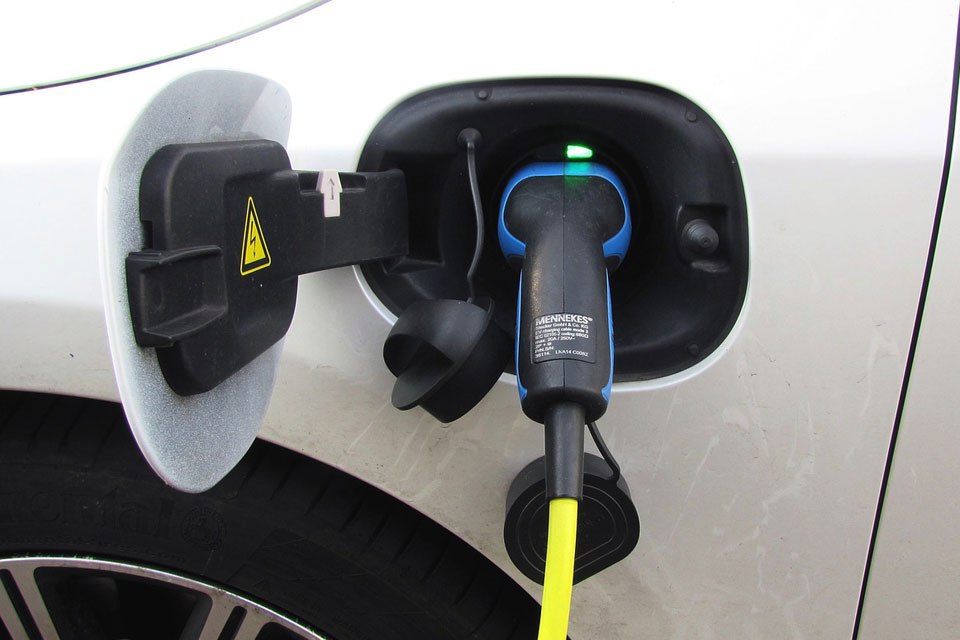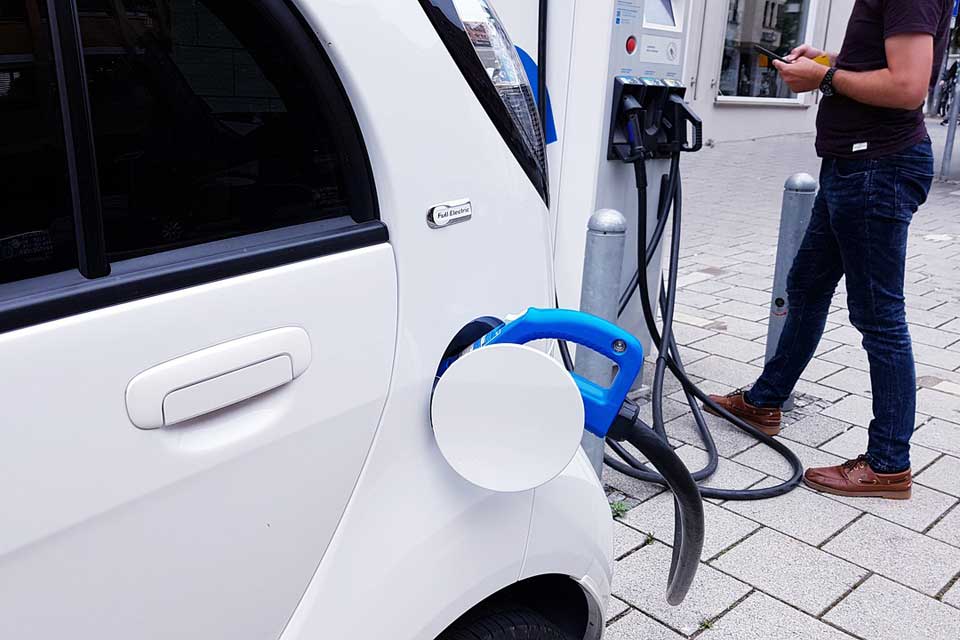Fleets ‘key to unlocking an electric vehicle revolution’
https://fleetservicessummit.co.uk/wp-content/uploads/2019/10/Tesla.jpg 960 640 Stuart O'Brien Stuart O'Brien https://secure.gravatar.com/avatar/81af0597d5c9bfe2231f1397b411745a?s=96&d=mm&r=gUK fleets have the potential to accelerate an electric vehicle (EV) revolution, with a shift to zero tailgate emissions generating fuel cost savings of around 63% across a fleet and significantly boosting the second hand car market.
That’s according to a new report from Cornwall Insight and PwC – “Leading the charge! Fleet charging – a catalyst for the EV revolution”, which says that with 5.3 million vehicles on the UK’s roads, fleets – a group of vehicles owned or leased by businesses – are a vital part of the transport sector.
As the UK moves towards net zero, fleets could be a major component in this journey by leading the charge in the electric vehicle roll-out – a move that would represent half of the number of EVs expected by 2030.
The decarbonisation of the light vehicle fleet will also have a positive impact on air quality. Research in the report states that if all 5.3 million fleet vehicles were to generate zero emissions as much as 30 million tonnes of CO2 would be eliminated – around 25% of all UK transport emissions.
In evaluating the electrification of the fleet market, the report identifies which segments of the sector will be crucial to leading the EV revolution and outlining a road map that fleets may follow as they electrify.
Key findings of the report:
- Fleet electrification is a critical catalyst that will enable the EV revolution in the UK.
- Field services, depot-based logistics and leased corporate car fleets are likely to electrify first.
- Government policy has a critical role to play in enabling the EV fleet transition.
- The business models of charge point operators need to incorporate some key principles to be successful.
- Fleet electrification providers will be an attractive opportunity for institutional investors.
- If fleets are to maximise the opportunity of electrification, they need to take some critical and preparatory steps in designing their road map.
Not only do fleets constitute a sizeable proportion of the UK’s transport sector, but they are also responsible for more than half of new car registrations (56%) in 2019. So it is easy to see how the electrification of fleets has transformative implications for EVs.
And with a life cycle of between two to four years, fleet electrification has the potential to accelerate growth in the private, second-hand market. As fleets renew their stock, this will not only deliver greater choice and affordability for consumers but will, in turn, act as a catalyst for increased consumer adoption of EVs. Choice and affordability are still one of several barriers to EV update.
However, as the fleet electrifies, this will reinforce the need and underpin the economics of EV charging infrastructure throughout the UK. This will ensure ‘range anxiety’ does not stall the electrification of this vital segment.
On the findings of the report, Daniel Atzori, Research Partner at Cornwall Insight, said” “The electrification of fleets is set to gain momentum, driven both by sustainability commitments and by compelling economic drivers.
“Fleets are likely to play a crucial role in the upcoming electrification of mobility and therefore in the decarbonisation of transport.
“Since fleets can ensure a high rate of utilisation of charging assets, fleet charging offers a range of interesting investment propositions. Having a clear and well-defined strategy will be crucial for fleet managers, charge point operators and investors looking to achieve leadership in this emerging market.”
Steve Jennings, PwC’s Energy and Utilities leader, said: “As well as demonstrating the appeal for investors, our report also illustrates how utilities and charge point operators (CPOs) may play a key role in supporting EV fleet adoption, with business models evolving around advisory support to promote charging infrastructure and fine-tune electrification.
“It’s clear that field services, depot-based logistics and leased corporate car fleets have the right characteristics (such as predictable driving and charging patterns) to spearhead EV adoption.
“However pent up demand and rising levels of awareness amongst fleets is not enough to accelerate adoption.Government policy has a critical role to play. As we emerge from the current Covid-19 pandemic, alongside a strong focus on stimulating economic growth, we may see a growing emphasis on sustainability, including regulatory and strategic support for EV charging, to help address emission levels and improve air quality.
“Without policy certainty for all stakeholders across fleets, EV charging providers and investors, there is a risk that the full potential of this burgeoning EV revolution will not be realised.”








